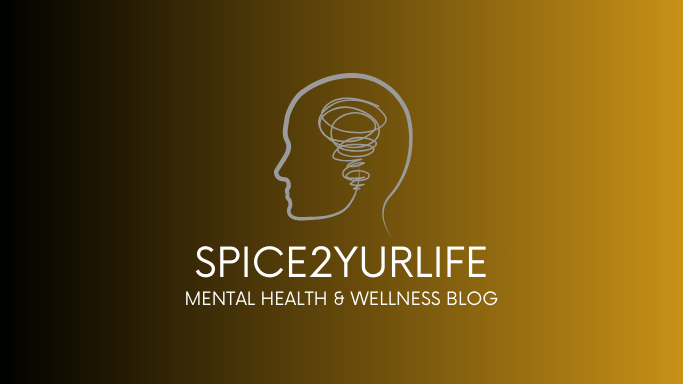In a world where stress and mental health challenges are becoming increasingly prevalent, finding healthy outlets for self-expression and emotional release is more important than ever. Fortunately, humans have an innate ability to tap into their creativity, and art, music, and dance provide powerful avenues for self-expression and healing. In this blog post, we'll delve into the profound therapeutic benefits of engaging in these creative activities and explore how they can positively impact mental and emotional well-being.
The Science Behind Creativity and Mental Health
Numerous studies have shown the close connection between creativity and mental health. Engaging in creative activities stimulates the brain's reward center, releasing dopamine and promoting a sense of pleasure and accomplishment. This neurological response can be particularly beneficial for individuals dealing with anxiety, depression, or stress. Moreover, the act of creating art, music, or dance encourages the brain to shift its focus away from negative thought patterns, providing a much-needed respite for the mind.
Art as a Therapeutic Outlet
Visual art, whether through painting, drawing, or sculpture, offers a unique way to externalize internal thoughts and emotions. The canvas becomes a safe space to explore and confront feelings that may be difficult to put into words. Through brushstrokes and colors, individuals can communicate their innermost struggles and triumphs, allowing them to gain insights and a better understanding of their emotional landscape.
Music's Healing Harmonies
The universal language of music has an incredible ability to evoke emotions and create a deep sense of connection. Playing an instrument, composing melodies, or simply listening to music can have profound effects on one's emotional well-being. For instance, engaging in the rhythm of drumming can release tension, while playing a soothing tune on a piano can provide comfort and tranquility. Music therapy is widely recognized as a valuable tool in treating conditions like post-traumatic stress disorder (PTSD) and autism, showcasing the therapeutic potential of musical expression.
Dance: Movement as Emotional Release
Dance is a kinetic form of self-expression that allows individuals to embody their emotions and tell a story through movement. Whether it's a structured dance class or an impromptu dance party in the living room, dancing promotes a sense of freedom and release. The physicality of dance stimulates the release of endorphins, providing a natural mood boost. Moreover, the act of synchronized movement to music fosters a sense of belonging and social connection, further enhancing its therapeutic effects.
Fostering Mindfulness and Flow
Engaging in creative activities often leads to a state of mindfulness or "flow," where individuals become fully absorbed in the present moment. This heightened focus shifts attention away from stressors and promotes a sense of calm and clarity. Whether it's the concentration required to sketch intricate details or the rhythmic coordination of dance steps, these creative processes facilitate a meditative state that can alleviate anxiety and promote mental well-being.
In a world that often moves at a relentless pace, taking the time to engage in creative activities like art, music, and dance is a powerful act of self-care. These expressive outlets offer a means to channel complex emotions, confront inner struggles, and cultivate a deeper connection with oneself. Whether you're a seasoned artist or a complete beginner, the therapeutic power of creativity is accessible to all. So, pick up that paintbrush, press play on your favorite song, or dance like nobody's watching – your mind and heart will thank you for it.






No comments:
Post a Comment